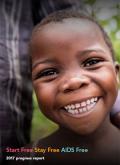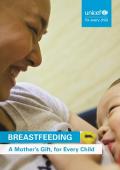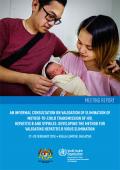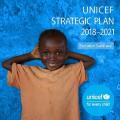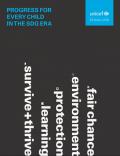Publications on Children
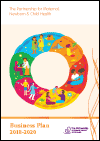
Improving the health and well-being of women, children and adolescents is the greatest collective endeavour of our time. We live in a world of gross inequality and injustice, but also of unprecedented progress. Since 1990, maternal mortality — indicating deaths of women during pregnancy and childbirth — has fallen by 44%, and the death rate for children under age 5 has fallen by 53%. This progress has been achieved largely through the power of partnerships. PMNCH has worked since its inception in 2005 to forge and strengthen these partnerships.
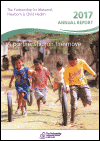
Every Woman Every Child (EWEC), developed by PMNCH partners in 2010, brings the voice of women, children and young people to centre stage in the Sustainable Development Goal (SDG) era. In 2015, the United Nations (UN) launched the EWEC Global Strategy for Women’s, Children’s and Adolescents’ Health (Global Strategy), building on momentum under the EWEC movement’s first Global Strategy (2010– 2015) and aligning with SDGs.

In June 2017, the World Bank and the International Center for Research on Women released groundbreaking results from a major three-year research study on the global costs of child marriage. The study found that child marriage is not only a human rights violation having a major impact on the wellbeing of girls, it also has major negative impacts for households and national economies.
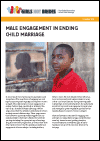
In recent years, there has been growing evidence and recognition of the importance of engaging men and boys to improve gender equality and empower women and girls. The evidence base on male engagement in ending child marriage, specifically, is relatively thin, with only a handful of studies assessing whether programmes shift the attitudes and behaviours of men and boys around child marriage. Those programmes that have been rigorously studied suggest that it is indeed possible to shift boys’ attitudes toward child marriage including the appropriate age of marriage for girls.
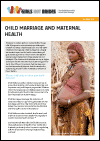
Every year 12 million girls are married before the age of 18. If progress is not accelerated, 150 million girls could be married in childhood by 2030.1 As a key driver of adolescent pregnancy, child marriage has a hugely detrimental impact on the health and wellbeing of girls and young women, who are more susceptible to experiencing complications during pregnancy and childbirth. The children of child brides are also at higher risk of poor health outcomes than children of girls who marry later.
